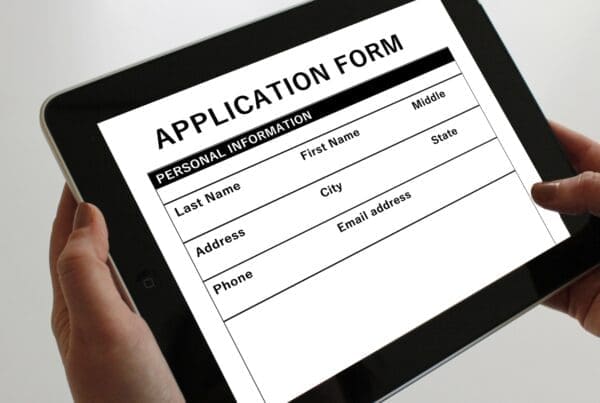I have thought long and hard about the ‘appropriateness’ of writing about what has, until very recently, been a taboo subject. However, when I read that the CIPD had produced the People Professional’s Guide to the Menopause at Work, I decided that I would – after all, if no one writes about taboo subjects, nothing will change.
Why is it so important to me?
As a 55-year-old woman, part of the answer to that question is obvious – it’s a very personal subject. I also have four children, three of whom are girls and the other one of whom will probably find himself ‘on the receiving end’ at some point in his life. I’m also advising employers about people issues every day and can see the impact of the menopause in the workplace on a regular basis.
My own ‘journey’ started in 2010, when I was 46, with erratic periods, ever-increasing and more frequent PMS type symptoms that made me grumpy, short tempered and tearful. That was ‘fun’ for me and everyone around me!
I was expecting the typical symptoms – loss of libido, weight gain and hot flushes, but nobody had prepared me for the crippling anxiety and panic attacks that struck so hard in the summer of 2015 that we had to come home half way through a family holiday to Majorca. My (male) GP wanted to put me on anti-depressants, but I knew I wasn’t depressed and refused the medication. I was kind to myself and scaled back on my work and slowly, gradually started to come out the other side of what had felt like a living nightmare.
Then the hot flushes started – no sweating, just a feeling of intense heat that comes from nowhere. In my case, in the middle of the night, roughly every hour, up to five or six times, constantly interrupting sleep. You can imagine how that makes you feel when it goes on day after day, week after week – exhausted, drained, unable to think clearly, struggling to function.
Getting menopause of the equality agenda
The CIPD Guide highlights how outdated the stigma surrounding this natural process is and aims to equip employers with the knowledge and tools to tackle it. Gender equality and the gender pay gap are high on the agenda but the menopause – clearly part of a broader gender and age equality issue – hasn’t been on the agenda at all.
Supporting female employees through the menopause should be part of an organisation’s approach to developing an inclusive workplace that encourages women’s progression. Research has previously shown that, by taking the menopause seriously, organisations can help mitigate the potentially negative impact of symptoms on the individual and the business, including higher sickness absence levels and an increased desire to leave work altogether.
I’ve learned that symptoms vary considerably from person to person and from time to time. There is no single menopause journey, although it will typically hit a woman any time between the ages of 45 and 55. For many, it is a long term, fluctuating condition that requires the same level of support and understanding as any other long-term health condition.
I’ve been enormously grateful for the support and understanding of the people around me and the love of my family – especially my husband, who has pretty much accepted everything I’ve thrown at him (not literally, I might add!). I am my own boss, so I have been able to flex how much I’ve worked when times have been tough and, as far as I am aware, until now, no one has noticed – I’ve just extended the deadlines if I’ve needed to.
My business has continued to grow steadily and I’m very fortunate to be doing a job that I love. I chose not to take HRT. By changing my diet and cutting right down on alcohol, I’ve lost weight and, as a result of weekly personal training and Pilates, I’m much fitter now than I’ve ever been. I’ve also appeared on national television, talking about the menopause and recently appeared in a national women’s magazine – a great boost to my self-esteem.
Create an inclusive environment
Change happens when people stop and think and creating an inclusive environment where women don’t feel ashamed or embarrassed about what they are going through is fundamental to that change.
There are 4.4 million women aged over 50 in the workplace. My hope is that employers will embrace the CIPD Guide and find ways to offer more support and understanding to those women. One thing is certain, every woman will go through it at some point and the vast majority will do so during their working lives.
Author: Rosemary Darby-Jenkins, Director, Signpost HR Solutions
www.signposthrsolutions.co.uk | rdj@signposthrsolutions.co.uk
Rosemary has over 30 years’ experience in HR for the private and public sector and now runs her own Dorset-based consultancy. She and her team specialise in employee relations, change management, HR strategy, organisational development and reward and job evaluation.





